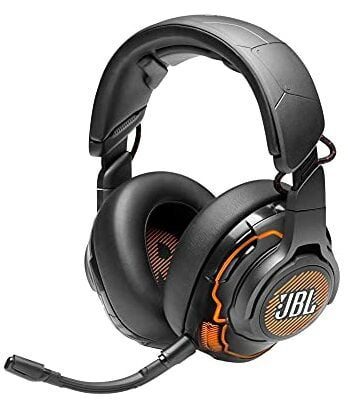The best vlogging cameras give you a powerful set of features to film a top-notch video that’s ready to be edited and published to YouTube (or your favorite video distribution platform).
To find out which leading video camera you should buy, we took a close look at the video features of the top compact and DSLR cameras, looking for the best autofocus, the best optical image stabilizer, great resolution options, handy connectivity, and many other features that help serious vloggers take excellent clips. If you’re brand new to vlogging and want to start now, then check out our best cheap vlogging camera for YouTube.
Our top choice was the Panasonic Lumix LX10, which combines a more affordable price range (under $500 is fairly affordable in this market) with 4k video capture capabilities, live video cropping, light composition from video, slow-motion video capture, and a whole set of additional tools that help you create the perfect vlogs and great pictures. But, compare the Panasonic TZ70 vs the Canon 720 compact digital camera to see which one is truly better.
However, it was a very close call with a lot of great vlogging cameras to consider: check out our full list to find out what we thought, and what to keep in mind when buying a vlogging (aka video blogging) camera.
The Top Vlogging Cameras
#1 Panasonic Lumix LX10 ($550) – Vlogging Camera
Award: Editor’s Choice/Best 4k Vlogging Camera
Pros
- Excellent 4k video capture options
- Post focus, living video cropping, and other useful tools
- Light composition lets you knit photos from your video
Cons
- On-camera editing can be a little clumsy to use
- The large lens requires careful handling
- No waterproof or dustproof protection
This compact 20-megapixel camera can take excellent photos and even better video, with many features focused on extracting every ounce of value from your footage, including light composition photos, and 120fps 1080p video for slow-motion shots, and live cropping for your 4k video when you want to pan around. This camera offers professional video capabilities that can fit in your pocket, and that’s probably just what you’re looking for. The one downside worth mentioning is that there aren’t any video-friendly bundles you can choose from, and it may be difficult to find the right accessories for specific vlogging needs on this model. Also, the battery life, rated at 260 images, isn’t particularly impressive.
Read Full Review: Panasonic Lumix LX10 Review
#2 Canon PowerShot G7 X Mark II Vlogging Camera
Award: Best Canon Vlogging Camera
Pros
- Handles both 20.1-megapixel images and 1080p video
- Digic 7 image processor allows you to self-select focus points and much more
- At $680, it’s more affordable than many other vlogging camera favorites
Cons
- A lot of focus on pics when vloggers may prefer a little more focus on video
- Manual controls may take some getting used to
- Canon Camera Connect app isn’t the greatest
If you want a camera that can do a little of everything, this 20.1-megapixel Canon model is the perfect place to start. It has pretty much everything a starting vlogger needs, including Wi-Fi, RAW conversion, a pop-up LCD screen, and many types of picture modes. There may be a little too much focus on pictures if you’re primarily interested in video alone, but otherwise, this camera deserves your attention – and if you need to use it to take single shots, all the better. Note the 240 image battery life, though – you’ll be recharging this guy a lot. If this camera is too much work to use regularly, find out what camera YouTubers use to vlog.
#3 Canon Vixia HF R700 Camcorder Vlogging Camera
Award: Best Affordable Vlogging Camera
Pros
- With prices below $200, it’s an affordable alternative
- The compact camcorder places its focus on video
- Real-time image stabilization for handheld video
Cons
- No ultra HD capture
- Battery life struggles to reach an hour of filming
- SD memory card required
A compact camcorder may be just what you had in mind for a vlogging upgrade, and this Canon model certainly delivers. It’s not the most powerful video-taking beast out there, but it’s very user-friendly and it’s an inexpensive vlogging camera for those who may be on a budget, making it a great low-cost choice (although we encourage you to get the accessory bundle). Image stabilization, in particular, make this cam a great choice if you like to be on the move. The major downside is that there is no 4k video option on this model, which may limit you a little. Also, some vloggers may want a camera that easier to transition to pics for additional content, rather than a camcorder that’s really only made to handle video.
Read Full Review: Canon Vixia HF R700 Camcorder Review
#4 Nikon D3400 Ultimate Parent’s Camera Kit
Award: Best Vlogging Camera for Beginners
Pros
- Great accessories and an online class for working with kids and pets
- Very powerful image sensor
- Great 1200 image battery life
Cons
- The Parent’s Kit may be too pricey for some
- Not everyone may want to manage a DSLR
- No true Wi-Fi connectivity, so you need to keep another device nearby
- No 4k video option
Are you a vlogger who wants to specialize in kids and pets (you know, two of the most popular vlogging subjects ever)? Check out this Nikon model parent kit edition, which bumps the price up but gives you unique tools for improving your craft and capturing your favorite darling subjects. The 24.2-megapixel sensor is one of the best on our list, you get several wide lens options for different shoots (or you can add another wide angle lens), and the SnapBridge app is one of the better interfaces for managing your content—although you will need a separate device, like a tablet computer, to use it. If you are on the move this can be a little annoying, but if your vlogging tends to stay in one room or area, it’s not a bad requirement.
Read Full Review: Nikon D3400 Review
#5 Canon EOS 80D Camera
Award: Best Camera for YouTube Vlogging
Pros
- Powerful autofocus software
- NFC and Wi-Fi Connectivity
- Offers excellent video creator kit
Cons
- Price puts it beyond the reach of some buyers
- Full feature adjustment options may be overwhelming to newcomers
- No 4k video
Yes, this Canon (the same brand of camera Casey Neistat uses) model may be expensive, but it offers high-end power for instant, powerful results. If you really want to capture everything and are interested in high-quality production, this camera may well be worth the investment. Also note that while the rated battery life is around 960, but this camera appears to overperform here.
We also really like the video creator kit, which adds around $600 to the price but gives you a camera-mounted mic, a larger 18-135mm lens, and a camera stabilizer to turn this DSLR into your personal filmmaking setpiece (read more about vlogging accessories below our list). If money is no object, this is a great way to ensure your production and audio never let you down. Does that sound too pricey? Note that the 70D model is still a very popular vlogging camera among professional vloggers, and you may be able to find it for a lower price if you really like this model…but can’t quite afford it.
Read Full Review: Canon EOS 80D Review
#6 Sony Cyber-Shot DSC-RX100 Camera
Award: Best Sony Vlogging Camera
Pros
- Hybrid autofocus for steady videos no matter what
- 4K video capture and photo capture from video
- 960 fps slow-motion video mode
Cons
- A lot of tech focuses on pictures, which doesn’t necessarily help the video settings
- Battery life lasts a few hundred shots at best
- Design is a little dated in places
We love that this camera has super-fast video autofocus and the ability to film in 4k (plus you can extract images from the video later as needed). There’s also a slow-motion video mode, a really nice flip-around LCD screen, and even the option to bundle it with an underwater case for water-related filming. It’s no wonder Sony is marketing this camera specifically for vlogging. However, some may find the design unnecessarily traditional – and a lot of that pricey technology is focused more on photos than video, so while it’s great for pics, it also isn’t a great 3D camera.
Read Full Review: Sony Cyber-Shot DSC-RX100 Camera Review
#7 YI 4K Action and Sports Camera
Award: Best Budget Vlogging Camera
Pros
- Affordable camera for vlogging beginners
- Cheapest 4k option
- Modern design is quite user-friendly
Cons
- Image sensor is weaker than many of our picks
- No DSLR customization options
- Best bundles include expensive accessories
Even with the low price, this camera still offers 4k/30fps videos, with the ability to take over 120 minutes of video on one battery charge. It also has Bluetooth and Wi-Fi (dual-band) support for communication – plus extra functions to help with low light performance, timelapse, and other more unique experiments. The latest software update even includes voice control options. This is definitely a modern camera for a modern generation: That being said, there’s nothing in the way of lens customization, and the really cool accessories like a gimbal, a selfie set, and a waterproof vlogging camera case are locked behind much more expensive bundles, so you may have to pay more than you’d expect for everything you want. Battery life for this camera is rated at 2 hours of video.
#8 GoPro Hero4 Silver Camera
Award: Best Video Camera for Vlogging
Pros
- Great camera control and mounting options
- Built-in video trimming
- Excellent wide-capture
Cons
- Limited outside action video capture
- Difficult to manage without other devices
- No 4k option
If you have experience with cams, you probably already know a bit about GoPro and their line of famous action cams that are designed to attach to helmets, bikes, shoulders, and other various mounts, to help capture sport-related and action-packed video. And, of course, GoPros are incredibly durable, designed to go pretty much anywhere and film pretty much anything: Keep it in its case, and there’s little you can’t film (for a bit over 2 hours of battery life).
You can control the camera via a smart remote app after you mount it, and mark the best moments of the video immediately so you know where to find them later. There’s also some great night modes. GoPro may not be on the very top of its game as it once was, but for more extreme vlogging this cam is still an excellent choice. However, at this price you aren’t going to get 4k – those models require much more investment.
Read Full Review: GoPro Hero4 Silver Camera Review
Top 3 Vlogging Cameras Compared 2024
| Resolution | Image Sensor | WiFi | ||
|---|---|---|---|---|
| Panasonic Lumix LX10 | 4k | 20.1 megapixels | Check Price | |
| Canon PowerShot G7 X Mark II | 1080p | 20.1 megapixels | Check Price | |
| Canon Vixia HF R700 Camcorder | 1080p | 3.28 megapixels | Check Price |
Vlogging Cameras Buyer’s Guide
Ready to strike out and shop for your own vlogging camera? Before you head out, we have a few tips you may want to read up on before you make a purchase. Take a look at the best features to consider when picking a vlogging camera, what cameras the pros like, and why people don’t just use their phones for vlogging activities!√ Image Stabilization- Fortunately, digital cameras under $200 and leading point-and-shoot cameras under $500 come with image stabilization capabilities these days – software that helps keep the image steady even when you are moving or the camera is shaking, so the image comes out as sharp as possible. A lot of vlogging is done on the move these days, which means the image will get jostled a lot. It’s important to avoid any trace of the shaky cam problem, which makes a lot of viewers feel nauseous and thus impend on you obtaining subscribers to your channel. Look for a camera that has been praised for its image stabilization properties – either optical or digital stabilization.
- A key aspect of vlogging is your narration. Whatever is going on, people need to be able to hear your voice clearly. If your voice or other nearby noises suddenly get very loud or too quiet, people will quickly lose interest. There are many ways to address audio issues, but no matter which you choose you should look for a camera that’s compatible with your audio solution, or can capture reasonably good audio itself. You really don’t want to waste time trying to pair up audio and video files from two separate devices if you can avoid it. That said, our last two picks are the least effective at audio capture, but that comes at a reasonable expense.
- All that moving around means that vloggers face an additional challenge – the camera may find it difficult to focus in real time for photos and video. Look for a camera that has a very speed autofocus capability so that your image hardly spends any time looking fuzzy, even when you are switching to a close-up or new subject. Autofocus depends primarily on camera sensors that are constantly picking focal points, adjusting the image, and then checking the image to see how sharp it is. It takes a good sensor and sufficient processing power to do this well.
- A lot of exciting stuff happens in low-light conditions! If you can easily imagine vlogging scenarios in the evening when there’s little illumination and no time to set up lights, then look for a camera that has a well-reviewed night mode and sensors capable of capturing clear content even when things get a little dark. Try to find night pictures online that were taken using the camera so that you can judge more easily. Look for cameras that
- Does your vlogging occasionally (or always) require that you have your hands free? If so, then look for cameras that have wearable and hands-free features (tripods, straps, mounting equipment, so on) so that you can take the shots you really need. We’re not saying you have to jump right to the pricey GoPro, but it’s important to consider the activities you are capturing and what they will require. All of our picks include tripod mounts and/or additional accessories to facilitate this.
- Wi-Fi connectivity is anywhere from very handy to essential for today’s vloggers. The ability to quickly post content to your favorite sites, or at least make sure it’s waiting on your computer back home, is extremely powerful. Fortunately, many modern cameras have Wi-Fi features, so finding a model with online capabilities shouldn’t be too difficult. That said, WiFi built-in to a digital camera lets you send your recorded content directly to a mobile device or computer, allowing you to post almost instantly, save for editing.
- Yes, of course, image quality is important. What kind of image sensor does the camera have, and how many megapixels is it rated at? High-end vlogging cameras typically have around 20-megapixel image sensors or the equivalent – but you may not need that much depending on your content. Video resolution is also important: Remember, 4k content is becoming increasingly common, and at least HD video is usually expected by today’s viewers.
- It may be a small feature, but a flip screen can be very, very nice to have when vlogging – depending on how you vlog, it may even be one of your first requirements for keeping an eye on the video stream. Don’t forget about an articulating screen!
Top Vlogging Camera Questions Answered
[ft_toggles open=””] [ft_toggle title=”Why Can’t I Just Use My Phone/Computer?” ]Many hopeful vloggers take a look at vlogging cam lists like this and wonder, “Why can’t I just use my phone? It already has a camera, and it even comes with a lot of this other stuff like image stabilization. Plus, all my apps are right there anyway.”Yes, today’s phones do have cameras, and they are, increasingly, quite good cameras capable of capturing excellent footage…in the right conditions. But if you are truly interested in vlogging – especially vlogging to make money or establish a brand – then your phone or webcam will almost certainly not be enough.Here’s why:- Even with image stabilization technology, it’s hard to hold a phone steady in all conditions, and impossible to mount a phone without very specific gear that you would have to purchase.
- Even with great software and a big camera lens, phones cannot take the high-quality pics and video that a real vlogging camera can. Quality is vital to standing out from the crowd, so devoted vloggers are best suited with a real camera.
- Phones struggle with dependability issues. They tend to get low batteries more frequently than dedicated cameras because, well, we use our phones a lot more – so video capture may not be available when you need it. The touchscreen controls are also more difficult to use and harder to count on in rough or fast-paced situations where the wrong finger tap can ruin your video (not to mention issues with waterproofing, shockproofing, and so on).
- Phones don’t offer any vlogging-specific equipment or tools. But many of our vlogging camera picks, and many other cameras out there, come with kits specifically designed to help bloggers, vloggers, and other types of professionals. For more advanced cameras, this also includes the ability to switch out between different lenses for different shots, something that phones just can’t do. Different lenses (typically measured by millimeter) can allow you to get wider or long-focus shots. These lenses aren’t as important in vlogging, but they can still help with tricky shots!
- Smartphone storage space is often limited. Cameras, especially with memory card compatibility, offer a lot more dedicated space for your videos so you can hold and transfer videos more easily.
Additional Tips: Video Editing Software
A final point about cameras and vlogging: It doesn’t matter where you plan to post your video, it will benefit greatly from video editing software. We highly suggest that you get a video editor and become proficient at using it as soon as you can. A polished video depends on sharp editing, overlays, smart cuts, and other features that require the right software.
Fortunately, there are several free options available if you don’t already have a video editing app. Find a solution that provides the tools you need for general video editing and vlogging specific (look for YouTube-friendly apps).
If it looks a little overwhelming, search for simpler programs: many video editors can work right from your phone or tablet if you need a speedy method of preparing your videos…just don’t skip this step, it really makes a difference!
[/ft_alert]![Best Vlogging Camera in [year] ([month] Reviews) 1 Panasonic LUMIX LX10 4K Digital Camera, 20.1 Megapixel...](https://m.media-amazon.com/images/I/411oPFtt4AL._SL160_.jpg)
![Best Vlogging Camera in [year] ([month] Reviews) 3 Canon PowerShot Digital Camera [G7 X Mark II] with...](https://m.media-amazon.com/images/I/51noZbmp16L._SL160_.jpg)
![Best Vlogging Camera in [year] ([month] Reviews) 4 Canon VIXIA HF R700 Camcorder (Black), 1080p](https://m.media-amazon.com/images/I/41jgkXC4r5L._SL160_.jpg)
![Best Vlogging Camera in [year] ([month] Reviews) 11 Our #4 Pick is the Nikon D3400](https://m.media-amazon.com/images/I/41FcUccUPKL._SL160_.jpg)
![Best Vlogging Camera in [year] ([month] Reviews) 12 Our #5 Pick is the Canon EOS 80D](https://m.media-amazon.com/images/I/51ArYn43YbL._SL160_.jpg)
![Best Vlogging Camera in [year] ([month] Reviews) 13 Our #6 Pick is the Sony Cyber-Shot DSC-RX100](https://m.media-amazon.com/images/I/41Dl2dnMzYL._SL160_.jpg)
![Best Vlogging Camera in [year] ([month] Reviews) 14 Our #7 Pick is the YI 4K Action and Sports Camera](https://m.media-amazon.com/images/I/31B79YGX6ZL._SL160_.jpg)
![Best Vlogging Camera in [year] ([month] Reviews) 15 Our #8 Pick is theGoPro Hero4 Silver](https://m.media-amazon.com/images/I/41rMfUQjRcL._SL160_.jpg)






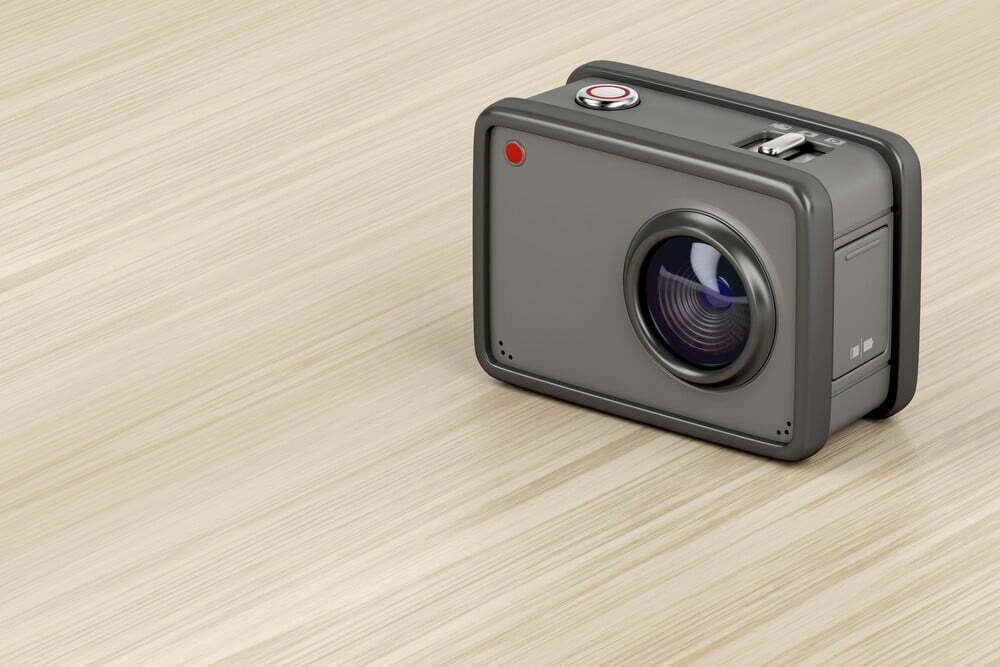
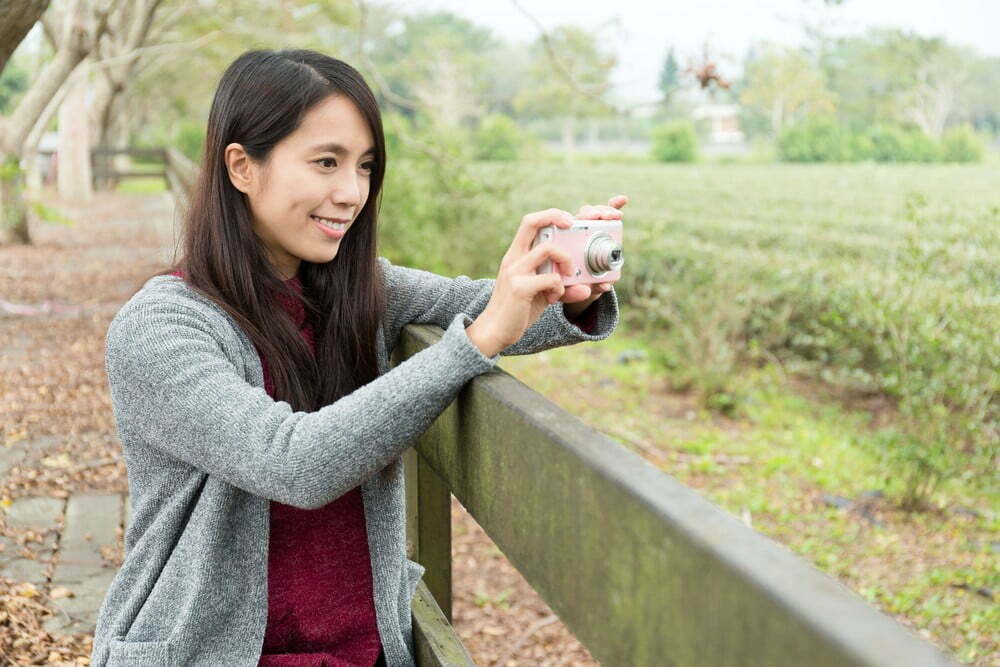
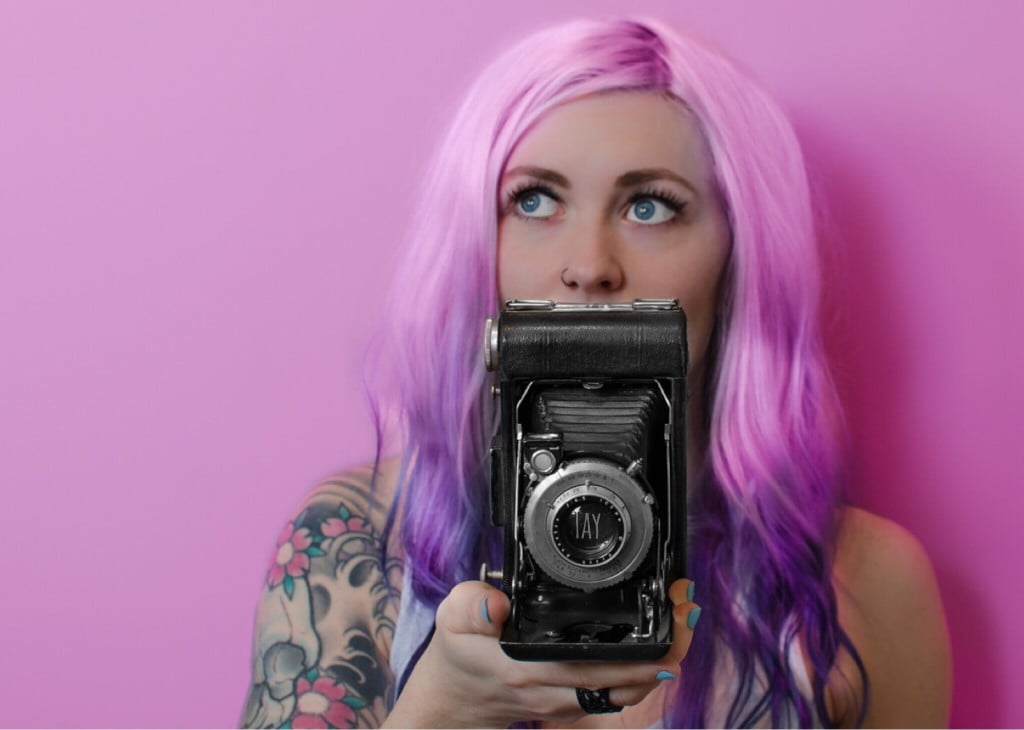
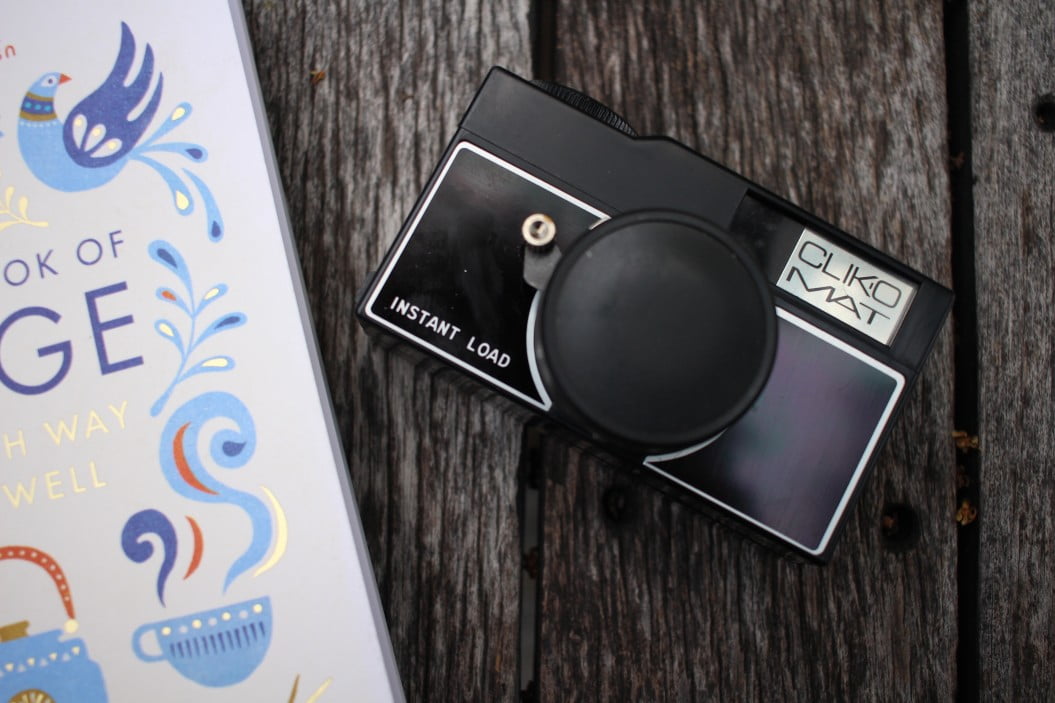
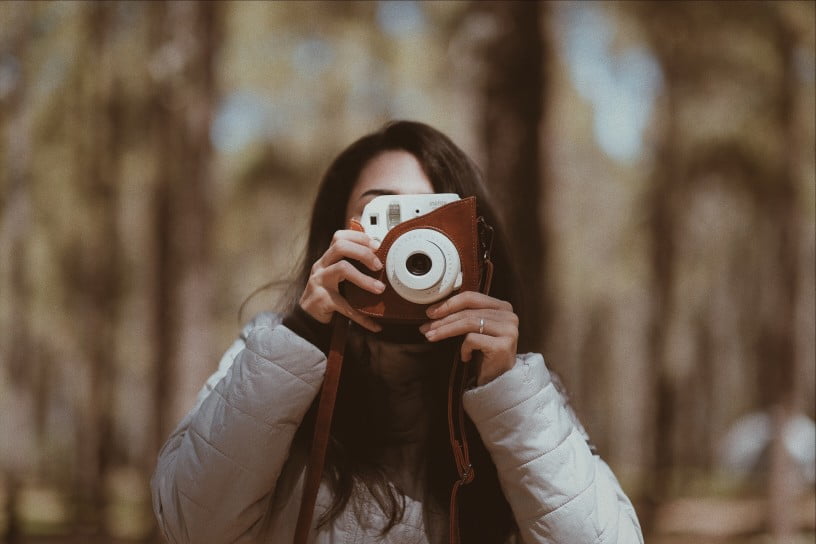
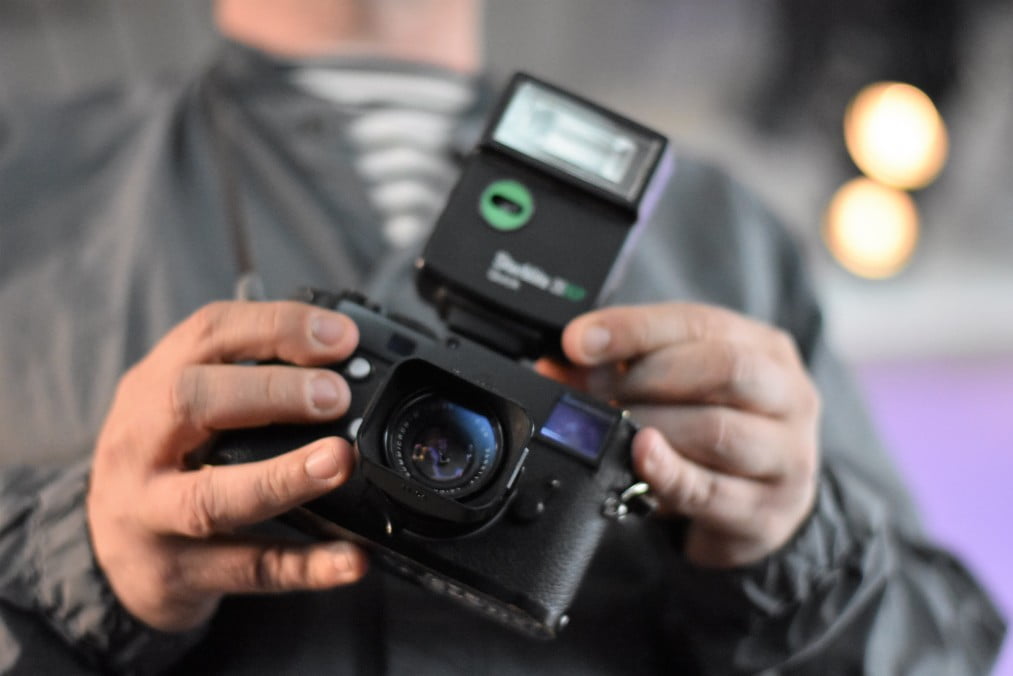
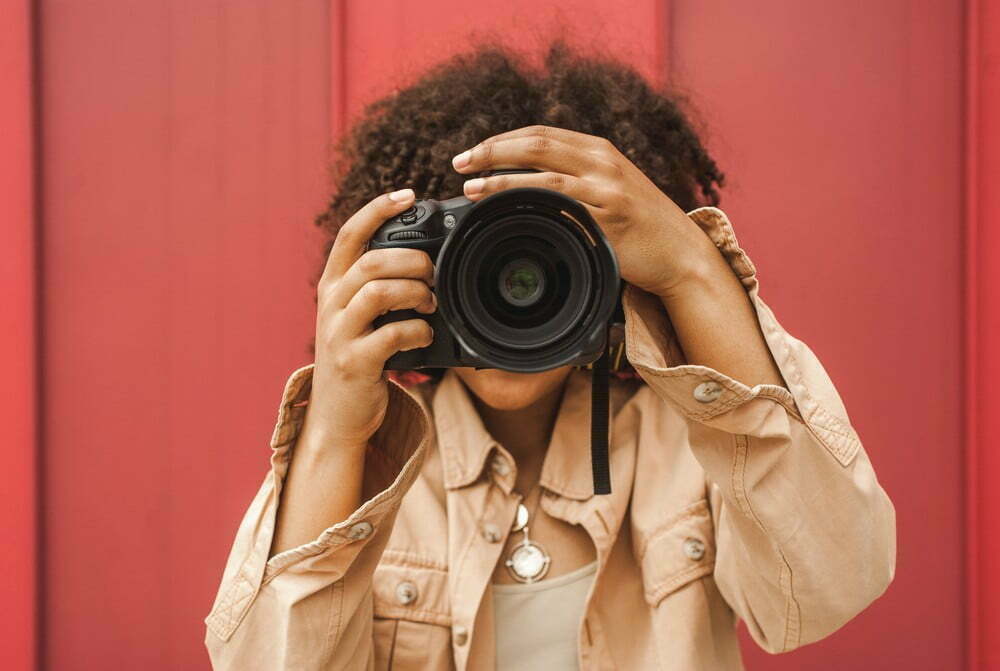
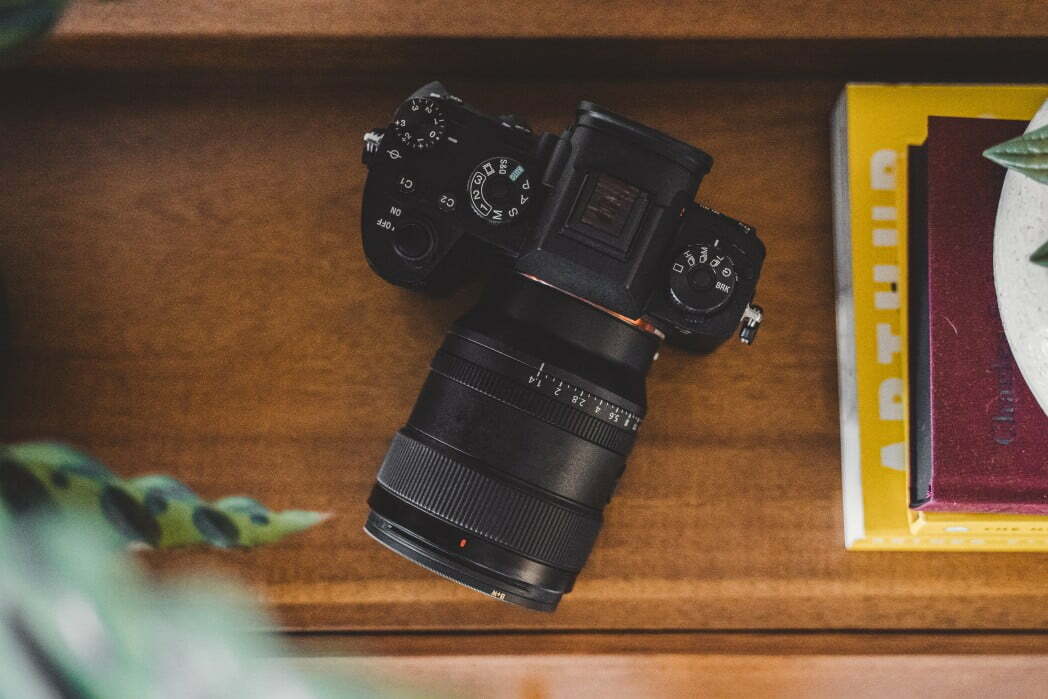
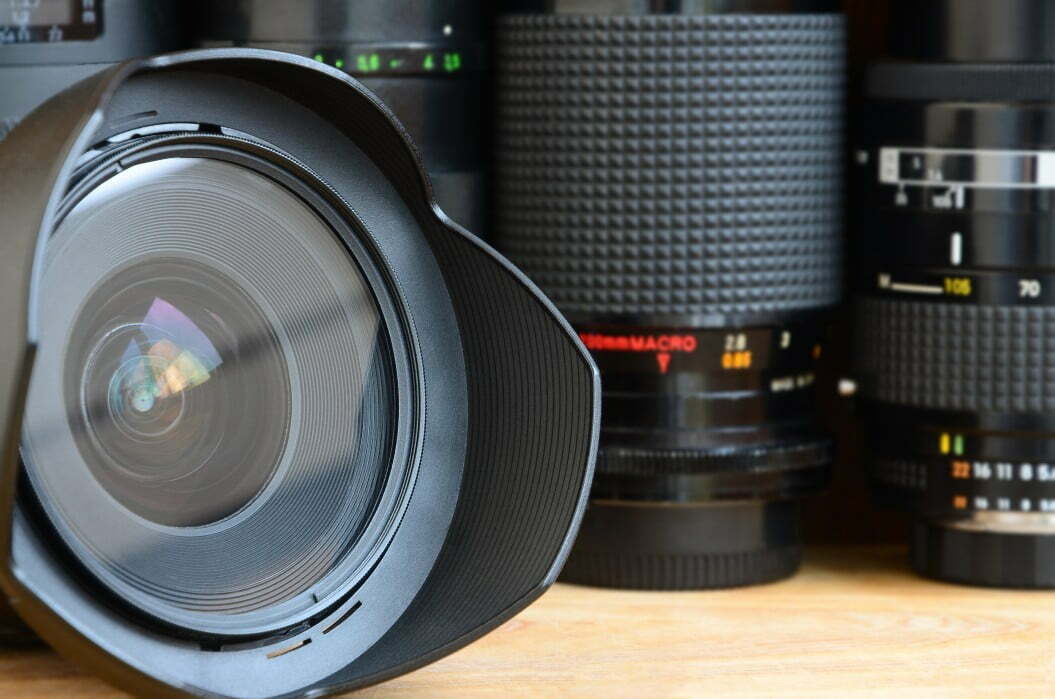
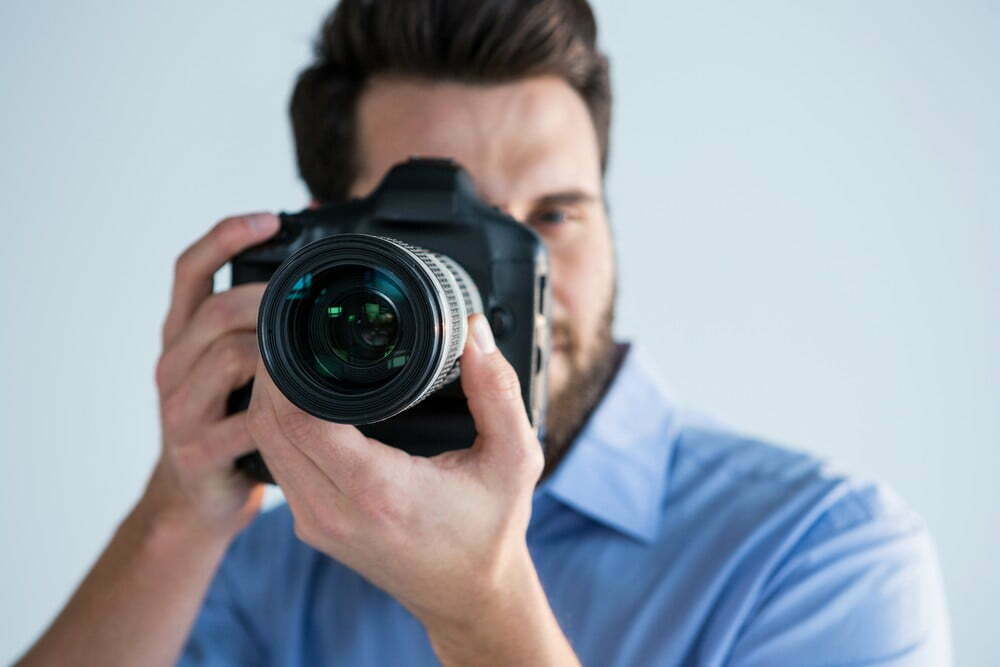
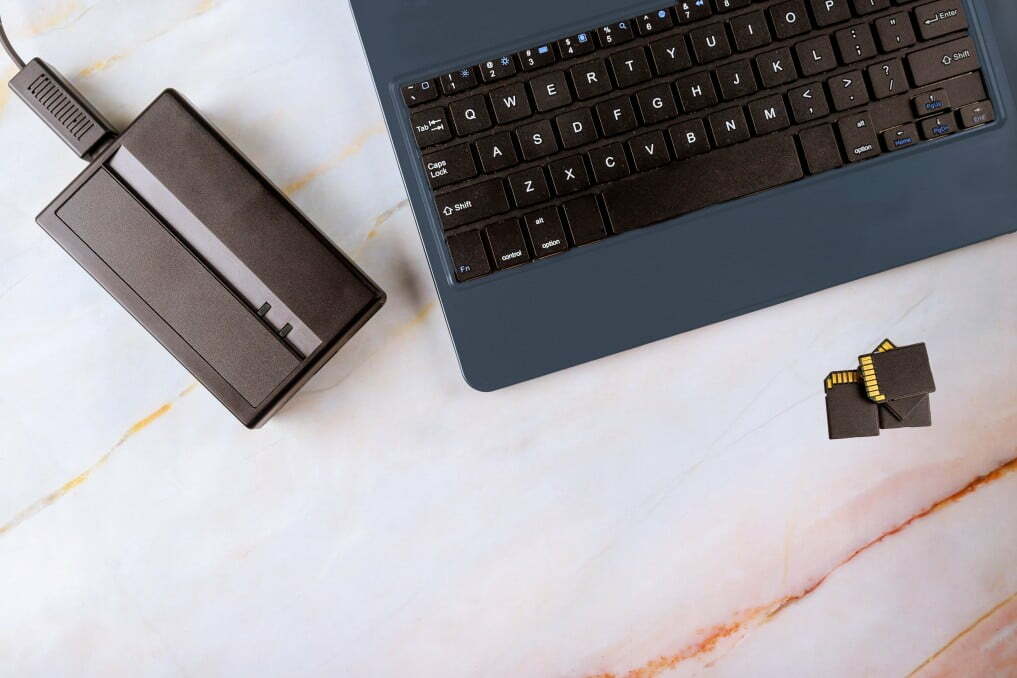
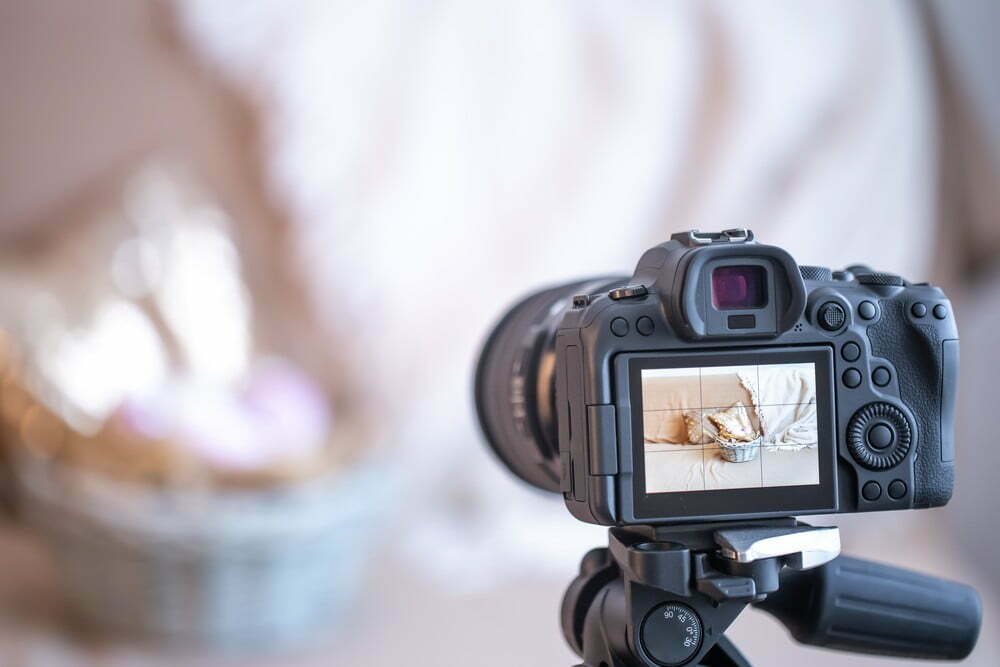
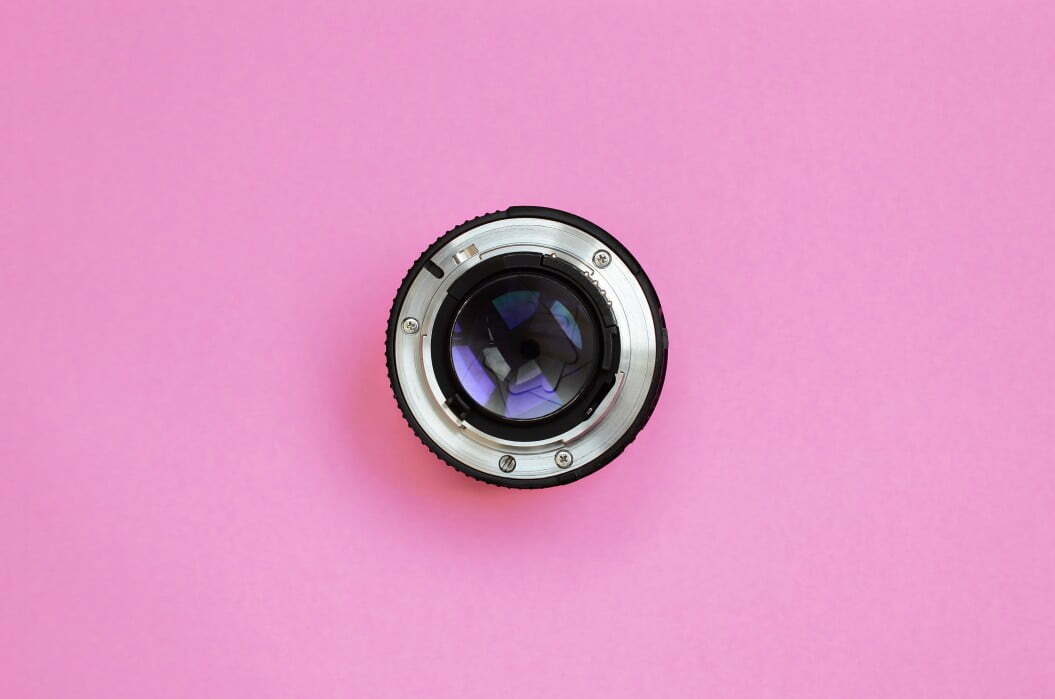
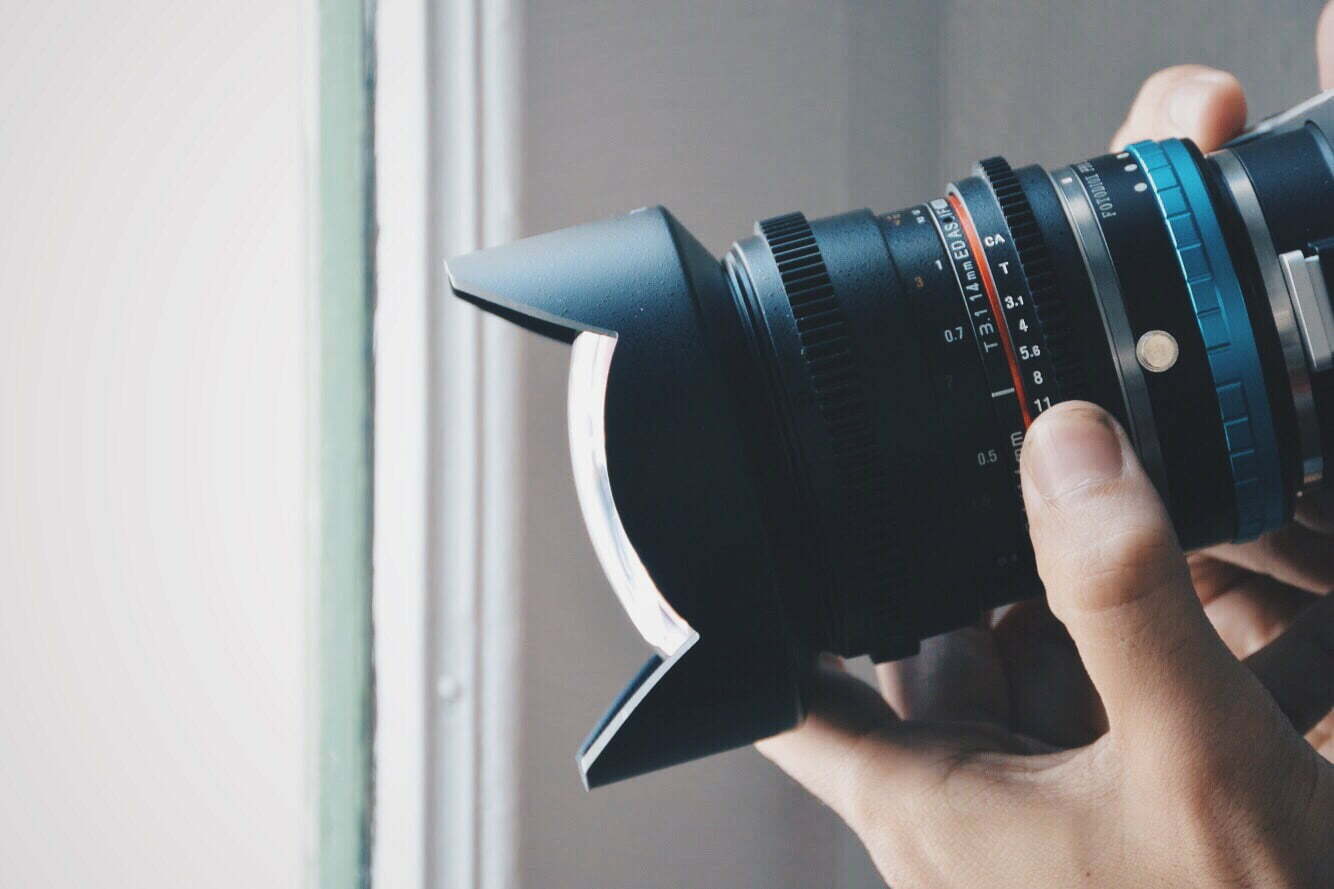
![Best Digital Cameras in [year] ([month] Reviews) 39 Best Digital Cameras in 2024 (April Reviews)](https://www.gadgetreview.dev/wp-content/uploads/what-is-resolution-on-digital-camera-1.jpg)
![Best Digital Camera Docking Stations in [year] 40 Best Digital Camera Docking Stations in 2024](https://www.gadgetreview.dev/wp-content/uploads/best-digital-camera-docking-stations-image.jpg)
![Best Vlogging Camera in [year] ([month] Reviews) 41 Best Vlogging Camera in 2024 (April Reviews)](https://www.gadgetreview.dev/wp-content/uploads/best-vlogging-camera-image.jpg)
![Best Canon Digital Cameras in [year] 42 Best Canon Digital Cameras in 2024](https://www.gadgetreview.dev/wp-content/uploads/best-canon-digital-cameras-image.jpg)
![Best Digital Camera Tripods in [year] 43 Best Digital Camera Tripods in 2024](https://www.gadgetreview.dev/wp-content/uploads/best-digital-camera-tripods-image.jpg)
![Best Polaroid Digital Cameras in [year] 44 Best Polaroid Digital Cameras in 2024](https://www.gadgetreview.dev/wp-content/uploads/best-polaroid-digital-cameras-image.jpg)
![Best Small Digital Camera Cases in [year] 45 Best Small Digital Camera Cases in 2024](https://www.gadgetreview.dev/wp-content/uploads/best-small-digital-camera-case-image.jpg)
![Best Digital Camera USB Cables in [year] 46 Best Digital Camera USB Cables in 2024](https://www.gadgetreview.dev/wp-content/uploads/best-digital-camera-usb-cable-image.jpg)
![Best Digital Camera Bags in [year] 47 Best Digital Camera Bags in 2024](https://www.gadgetreview.dev/wp-content/uploads/best-digital-camera-bag-image.jpg)
![Best Sony Digital Cameras in [year] 48 Best Sony Digital Cameras in 2024](https://www.gadgetreview.dev/wp-content/uploads/best-sony-digital-cameras-image.jpg)
![Best Digital Camera Accessories in [year] 49 Best Digital Camera Accessories in 2024](https://www.gadgetreview.dev/wp-content/uploads/best-digital-camera-accessories-image.jpg)
![Best Kodak Digital Cameras in [year] 50 Best Kodak Digital Cameras in 2024](https://www.gadgetreview.dev/wp-content/uploads/best-kodak-digital-cameras-images.jpg)
![Best Panasonic Digital Cameras in [year] 51 Best Panasonic Digital Cameras in 2024](https://www.gadgetreview.dev/wp-content/uploads/best-panasonic-digital-cameras-image.jpg)
![Best Compact Cameras in [year] 52 Best Compact Cameras in 2024](https://www.gadgetreview.dev/wp-content/uploads/best-compact-camera-image.jpg)
![Best Digital Cameras with Wifi in [year] 53 Best Digital Cameras with Wifi in 2024](https://www.gadgetreview.dev/wp-content/uploads/best-digital-camera-with-wifi-image.jpg)
![Best Digital Cameras for Travel in [year] 54 Best Digital Cameras for Travel in 2024](https://www.gadgetreview.dev/wp-content/uploads/best-digital-camera-for-travel.jpg)
![Best Digital Cameras for Video in [year] 55 Best Digital Cameras for Video in 2024](https://www.gadgetreview.dev/wp-content/uploads/best-digital-camera-for-video.jpg)
![Best Nikon Digital Cameras in [year] 56 Best Nikon Digital Cameras in 2024](https://www.gadgetreview.dev/wp-content/uploads/best-nikon-digital-camera.jpg)
![Best Point and Shoot Cameras for Birding in [year] 57 Best Point and Shoot Cameras for Birding in 2024](https://www.gadgetreview.dev/wp-content/uploads/best-point-and-shoot-camera-for-birding.jpg)
![10 Best Medium Format Digital Cameras in [year] 58 10 Best Medium Format Digital Cameras in 2024](https://www.gadgetreview.dev/wp-content/uploads/best-medium-format-digital-camera-scaled-1.jpg)


